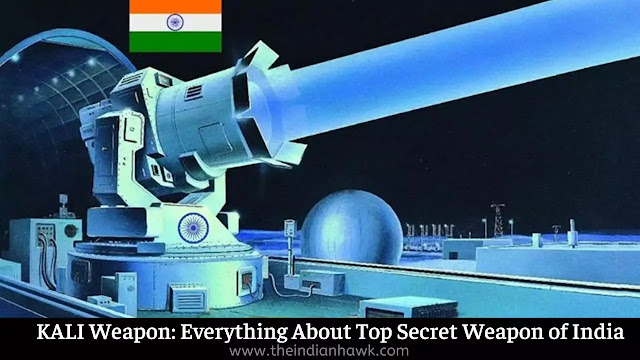India's Tri-Service Integration: A Slow Burn or a Strategic Leap?
India's recent push for greater integration among its armed forces isn't just a bureaucratic reshuffle; it's a profound strategic move with far-reaching implications. While a typical news report might simply state that the Prime Minister has asked the Defence Minister to integrate the services, the real story lies in why this is happening now, what it means for India's military readiness, and the geopolitical shifts it signals.
This isn't a new idea. The need for a more unified command has been a recurring theme in defense circles for decades. The 1999 Kargil War, in particular, highlighted the critical shortcomings of a siloed approach. The lack of synergy between the Army, Navy, and Air Force led to intelligence gaps and operational delays.
Now, with rising tensions on both the western and northern borders and the complex challenges of modern warfare, the need for a seamless, integrated force has never been more urgent.
Also read: India Ramps Up Defence Modernisation as Key Programs Regain Momentum
The "Why" Behind the Push?
The global security landscape is evolving rapidly. We're moving away from traditional, linear battles to multi-domain operations that encompass land, air, sea, space, and cyberspace. A piecemeal approach, where each service operates independently, is no longer viable.
Theaterization, the process of creating integrated commands that combine elements from all three services to address a specific geographical or strategic threat, is the core of this reform.
Imagine a single commander, with authority over all air, land, and naval assets in a particular region, making swift decisions without the need for inter-service coordination meetings. This would allow for a much quicker and more effective response to a crisis.
This integrated structure would also streamline procurement, reduce redundancy, and optimize resource allocation. Instead of each service buying its own separate aircraft or weapon systems, a joint command could prioritize needs and acquire equipment that benefits the entire force.
Also read : General Upendra Dwivedi Visits MCEME, Commends Focus on Emerging
The Challenges on the Horizon
While the vision is clear, the path to integration is fraught with challenges. The Indian armed forces have a long-standing tradition of service-specific identity and pride.
The Army, Navy, and Air Force each have their own doctrines, cultures, and ways of operating. Overcoming this cultural inertia and getting the services to work as one cohesive unit is the biggest hurdle.
There are also significant bureaucratic and logistical challenges. Defining the exact roles and responsibilities of each new theater command, determining the command structure, and ensuring a smooth transition will require careful planning and execution.
The process will likely be slow and methodical, with a few pilot projects to test the waters before full-scale implementation.
Also read : Modernisation of Indian Army Well on Course: Gen MM Naravane
What This Means for India's Geopolitical Standing?
A successful tri-service integration would be a game-changer for India's military capabilities and its standing in the world. It would send a strong signal to its adversaries, particularly China and Pakistan, that India is serious about modernizing its military and enhancing its combat readiness.
It would also position India as a more reliable and capable partner for its allies, such as the United States and France, in an increasingly complex and contested Indo-Pacific region.
This move goes beyond just a military reform; it is a step toward a more strategically mature India. It shows a commitment to long-term planning and a willingness to make difficult, but necessary, changes to secure its future.
The road ahead won't be easy, but if executed successfully, India's integrated armed forces will be a formidable and agile force, capable of meeting the challenges of the 21st century.
This article is protected by copyright. Unauthorized use and/or duplication of this material without express and written permission from this site's author and/or owner is strictly prohibited.(alert-warning)
The path to a fully integrated military is complex. What are the biggest challenges and opportunities you foresee for India's tri-service integration? Let us know in the comments!
Stay informed: Follow us for more analysis on defense and strategic affairs.


.png)

.jpg)







